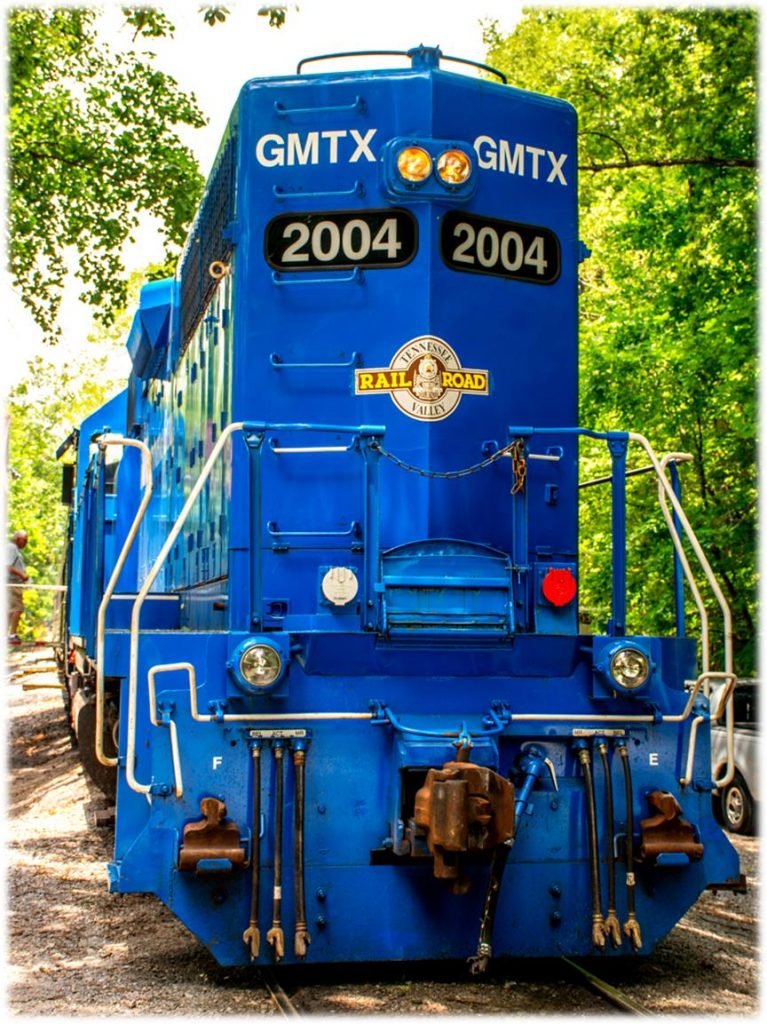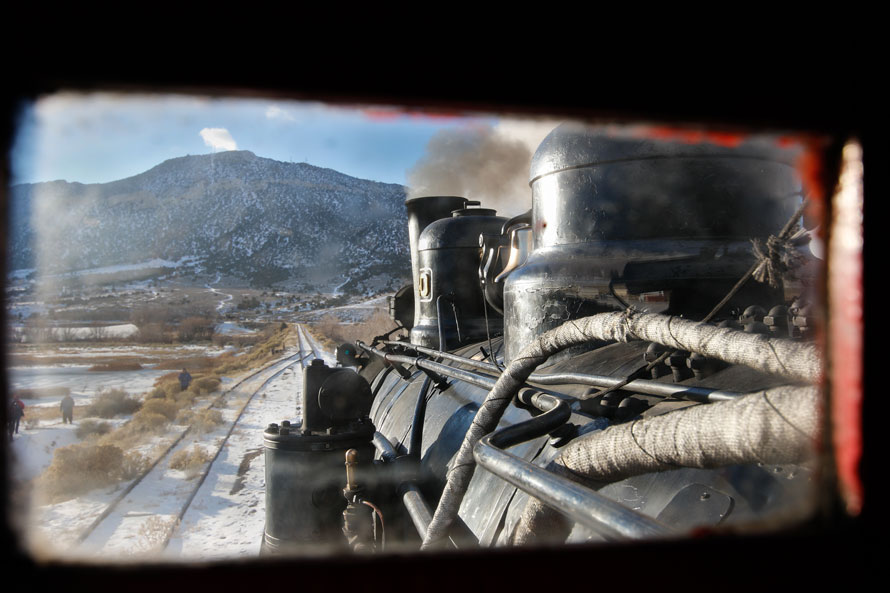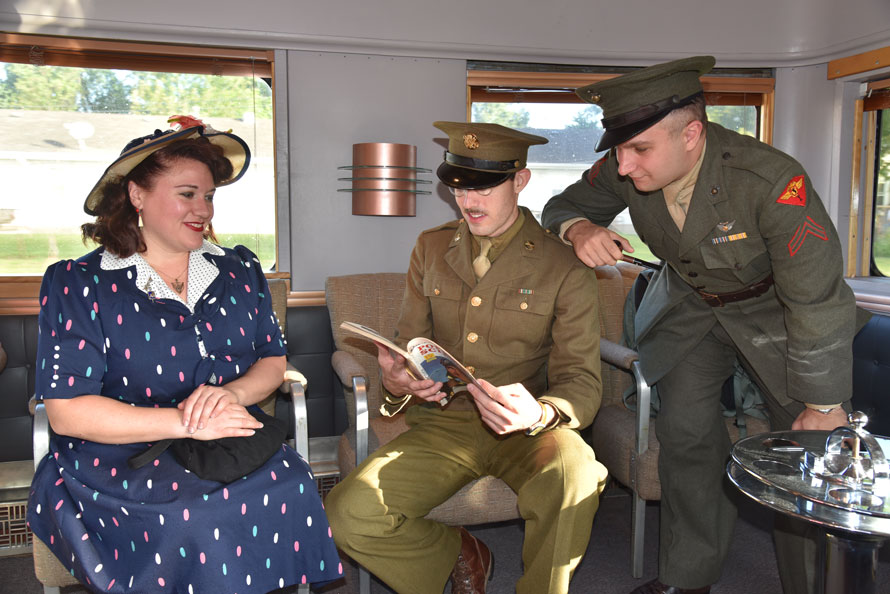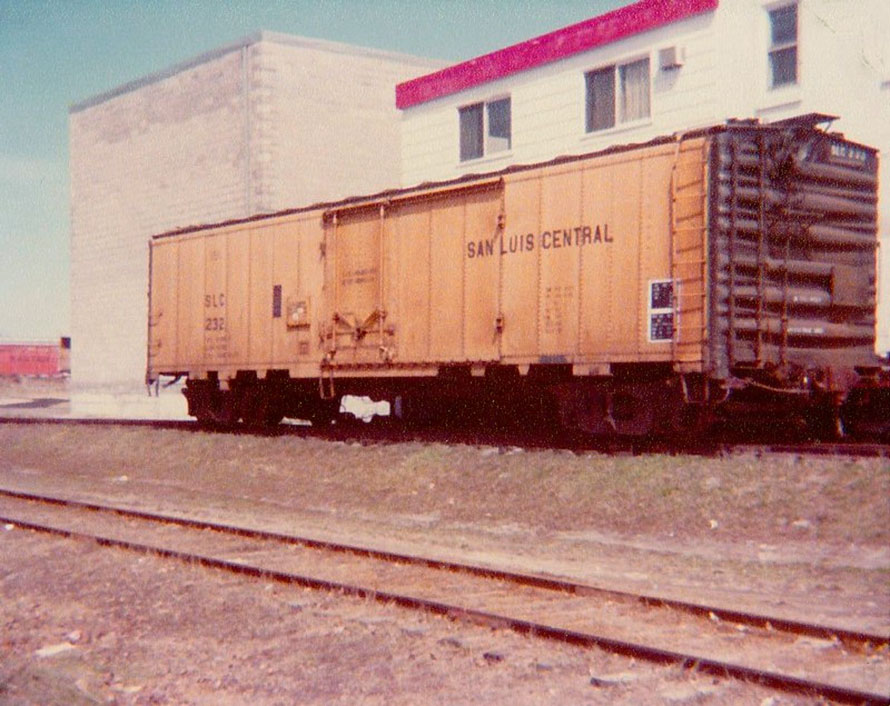
In East Tennessee there’s a very nice excursion railroad, called the Tennessee Valley Railroad. It offers a short run option from Chattanooga up to Missionary Ridge, through a hand cut, Civil War era tunnel, behind one of a variety of nicely restored steam locomotives. At the top, there’s a turntable and you can watch them turn the steamer around—very cool!
Or, you can board a three and one-half hour run called the Hiwassee Loop, departing from Etowah Tennessee, south of Knoxville, and re-live the glory days of the Louisville & Nashville’s passenger service over the L&N’s mountain lines that wind east and south toward Georgia alongside the scenic Hiwassee River.
Read more

